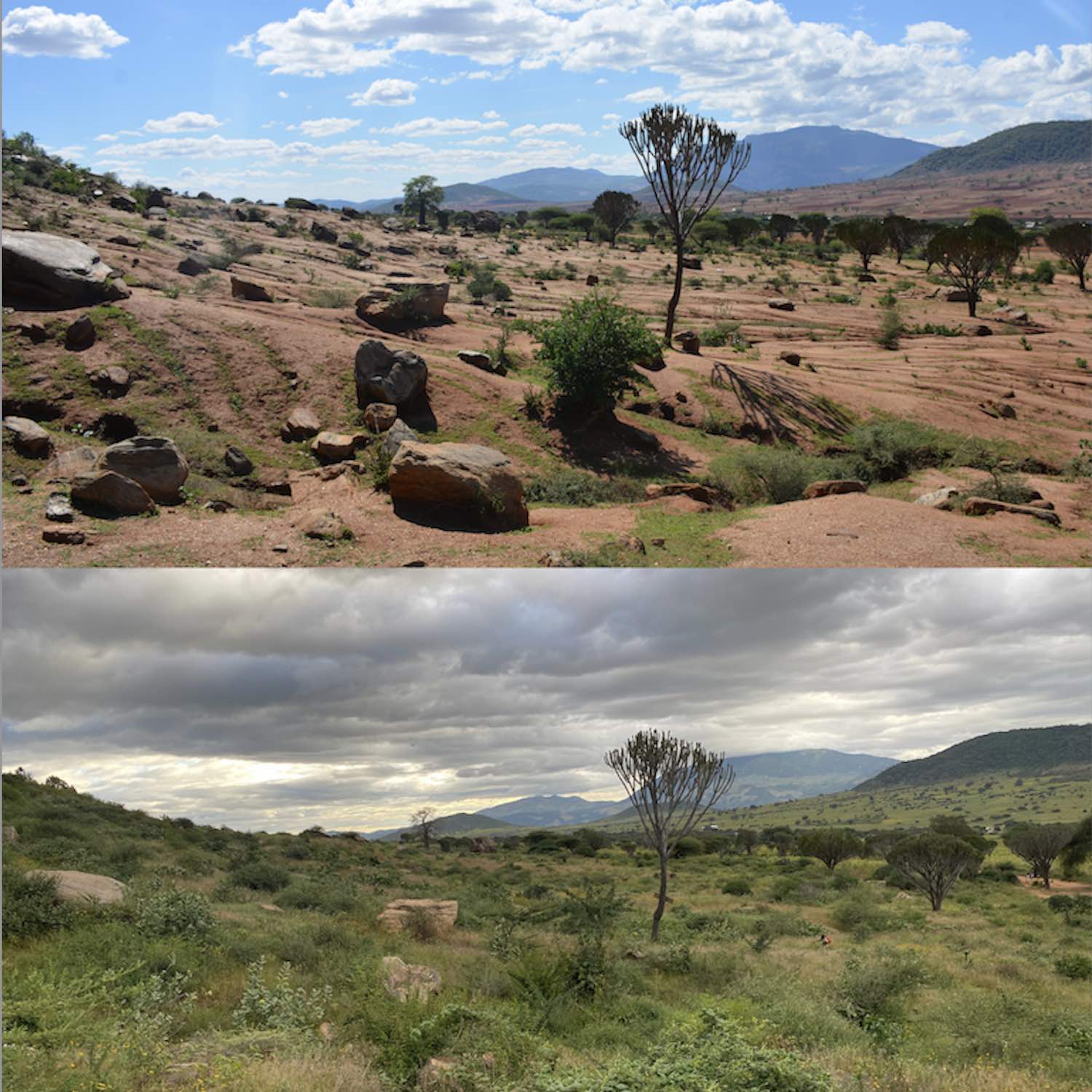How coastal communities are adapting to rising seas naturally with Living Shorelines
Description
Homeowners and towns along the U.S. East Coast are increasingly building “living shorelines” to adapt to sea level rise and boost wildlife habitat in a more economical and less carbon-intensive way than concrete seawalls. These projects protect shorelines using a clever mix of native plants, driftwood, holiday trees, and other organic materials.
Peter Slovinsky, a coastal geologist with the Maine Geological Survey, joins the Mongabay Newscast to discuss the benefits of living shorelines, how they are implemented in his state, and what other techniques coastal communities should consider in a world with a warming climate and rising seas.
Read Erik Hoffner’s original reporting on living shorelines here.
Like this podcast? Please share it with a friend and help spread the word about the Mongabay Newscast.
Subscribe to or follow the Mongabay Newscast wherever you listen to podcasts, from Apple to Spotify, and you can also listen to all episodes here on the Mongabay website, or download our free app for Apple and Android devices to gain instant access to our latest episodes and all of our previous ones.
Image Credit: Salt tolerant plants are part of a ‘living shorelines’ project on the Blue Hill Peninsula in Maine. Image by Erik Hoffner for Mongabay.
Time Codes
---
(00:00 ) Introduction
(02:19 ) What is a “living shoreline?”
(04:55 ) Green over gray
(13:06 ) How to make a “living shoreline”
(18:59 ) Case studies and urban applications
(24:50 ) Adaptation methods that deserve more consideration
(31:13 ) Reconsidering retreat
(32:48 ) The geologist’s greatest fears and biggest hopes
(39:35 ) Credits
























